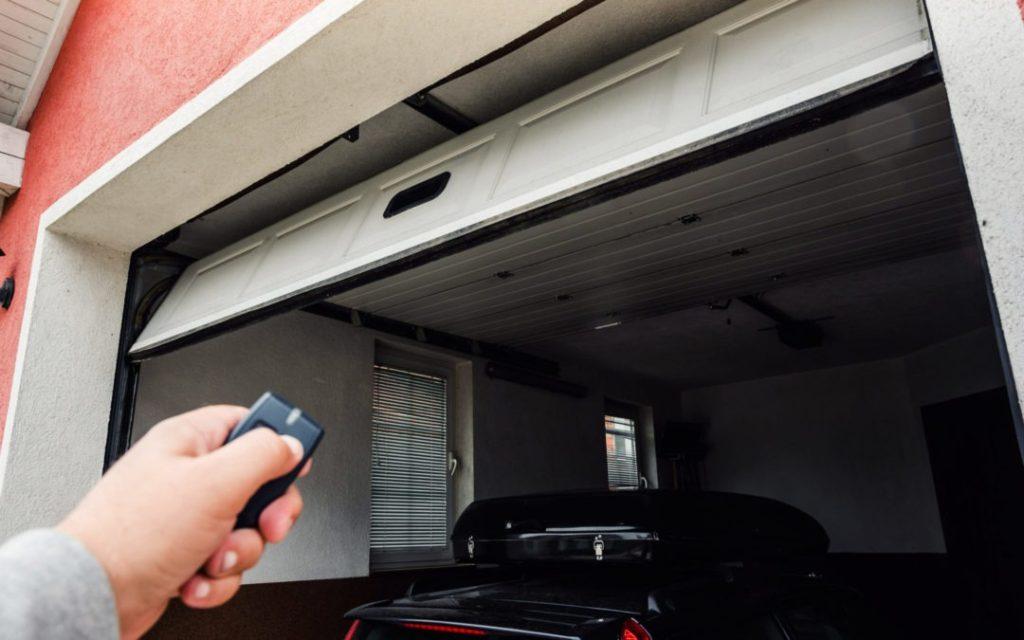You press the garage door opener button, and you hear the familiar sound of the motor running, but to your frustration, the door remains firmly in place. If you’re facing the issue of a garage door opener making a sound but not moving, you’re not alone. In this troubleshooting guide, we’ll explore common causes of this problem and how to address it effectively.

Understanding the Garage Door Opener
The Role of the Garage Door Opener
A garage door opener is a motorized device that facilitates the opening and closing of your garage door. It works in conjunction with a system of springs, tracks, and cables to lift and lower the heavy door with ease. When you activate the opener, it engages the motor to move the door along the tracks.
Common Causes of the Problem
1. Blocked or Obstructed Tracks
One of the most frequent reasons for a garage door opener making a sound but not moving is a blocked or obstructed track. Inspect the tracks for any debris, objects, or obstructions that may be preventing the door from moving smoothly.
2. Misaligned Sensors
Garage doors often have safety sensors located near the bottom of the tracks. These sensors communicate with the opener to ensure safe operation. If the sensors are misaligned or dirty, the opener may not function correctly. Check that the sensors are aligned and free from debris.
3. Broken Springs or Cables
The springs and cables in your garage door system play a crucial role in its operation. A broken spring or cable can hinder door movement and poses a hazard, requiring professional repair.
4. Disconnected or Damaged Trolley*
The trolley is a component of the opener that connects to the door and moves it along the tracks. A disconnected or damaged trolley won’t engage with the door properly.
5. Lack of Lubrication*
Proper lubrication is essential for the smooth operation of your garage door system. Over time, components may become dry and cause friction, making it difficult for the opener to move the door.
Troubleshooting Steps
1. Clear the Tracks*
Begin by checking the tracks for any obstructions or debris. Clean the tracks thoroughly to ensure smooth movement.
2. Align the Sensors*
Ensure proper alignment and cleanliness of the safety sensors at the base of the tracks. Adjust them if necessary to ensure they are facing each other.
3. Examine Springs and Cables*
Visually inspect the springs and cables. If you notice any signs of damage or breakage, it’s crucial to call a professional to replace them.
4. Check the Trolley*
Ensure that the trolley is securely connected to the door and the opener. If it’s disconnected or damaged, it may need to be repaired or replaced.
5. Lubricate Moving Parts*
Apply a lubricant specifically designed for garage doors to the moving parts, including the tracks, rollers, and hinges.
When to Seek Professional Help
If you’ve gone through the troubleshooting steps and your garage door opener still makes a sound but doesn’t move, it’s time to call a professional garage door technician. Attempting to fix complex issues without the necessary knowledge and tools can lead to further damage and safety hazards.
Conclusion
A garage door opener that makes a sound but doesn’t move can be a frustrating problem, but it’s one that can often be resolved with careful inspection and troubleshooting. By following the steps outlined in this guide and addressing the issue promptly, you can ensure that your garage door operates smoothly and safely, providing you with the convenience and security you rely on every day.



Leave a Reply